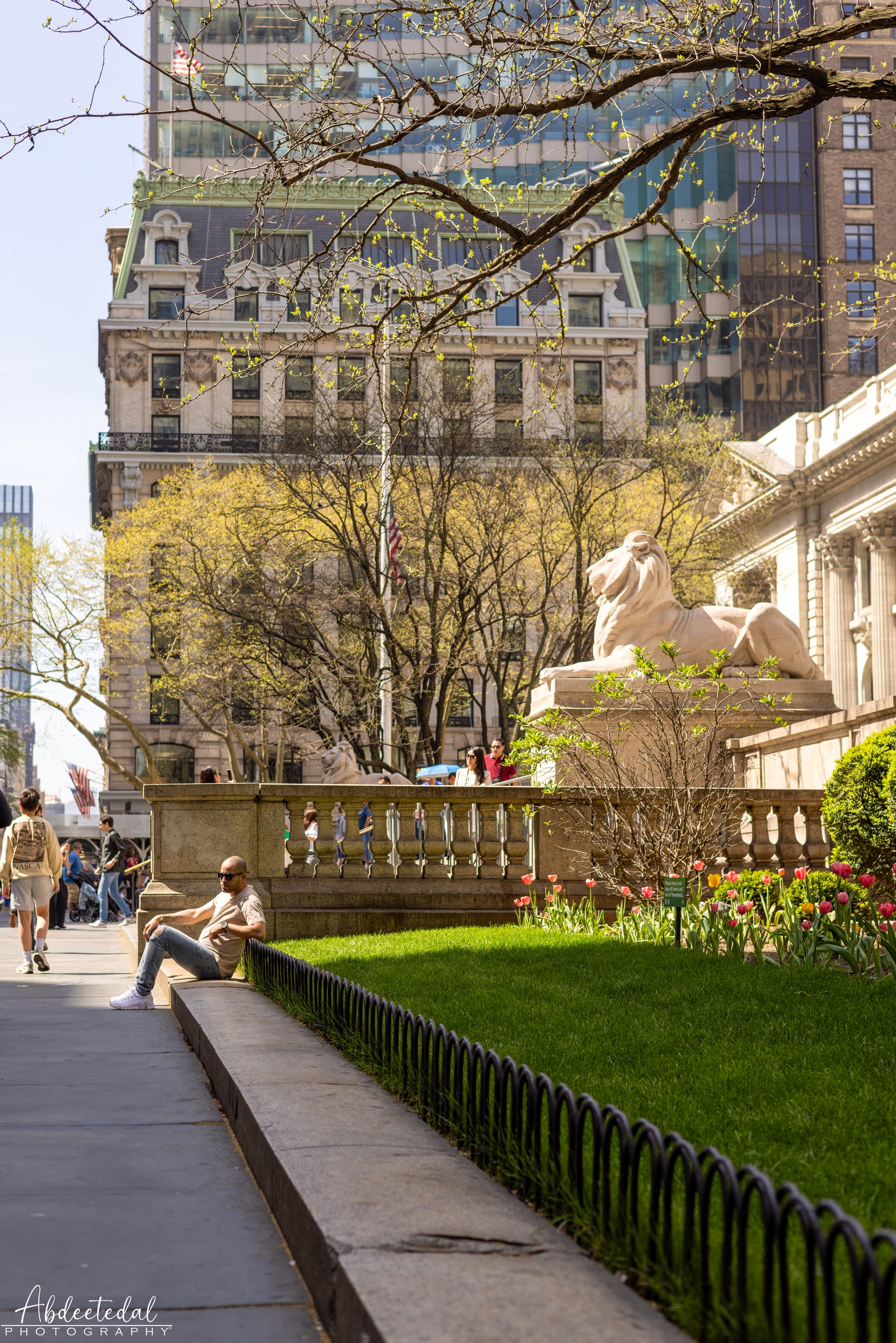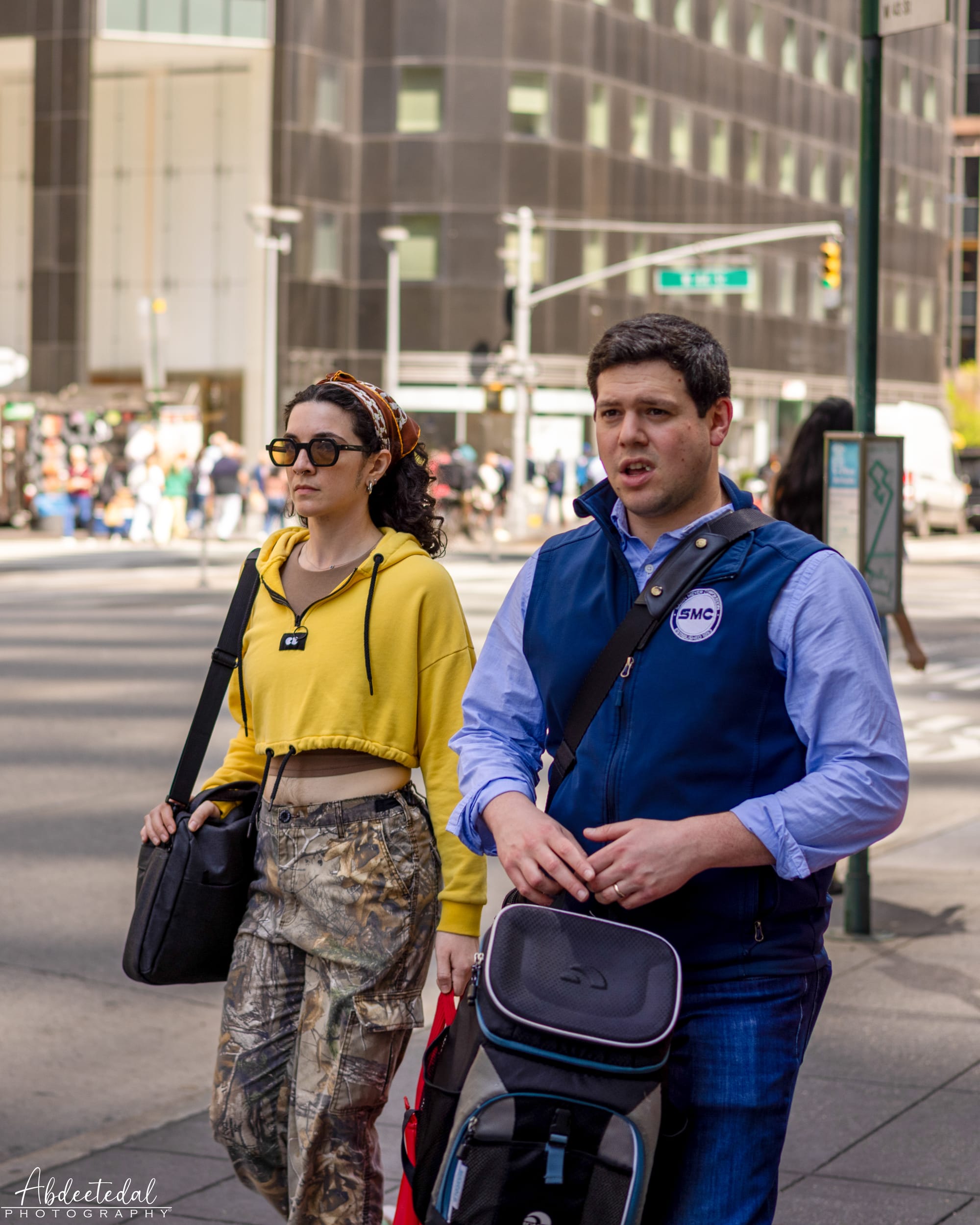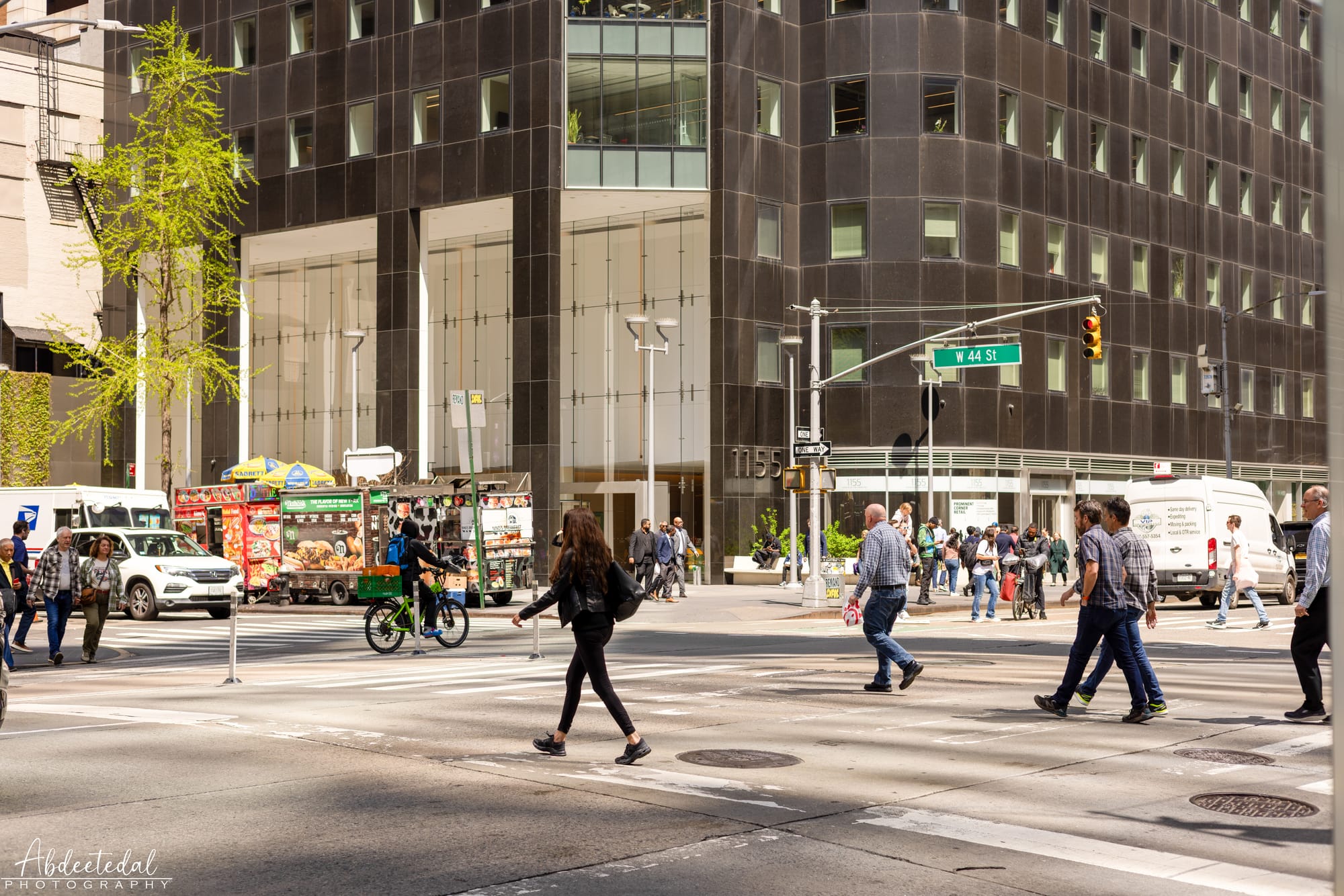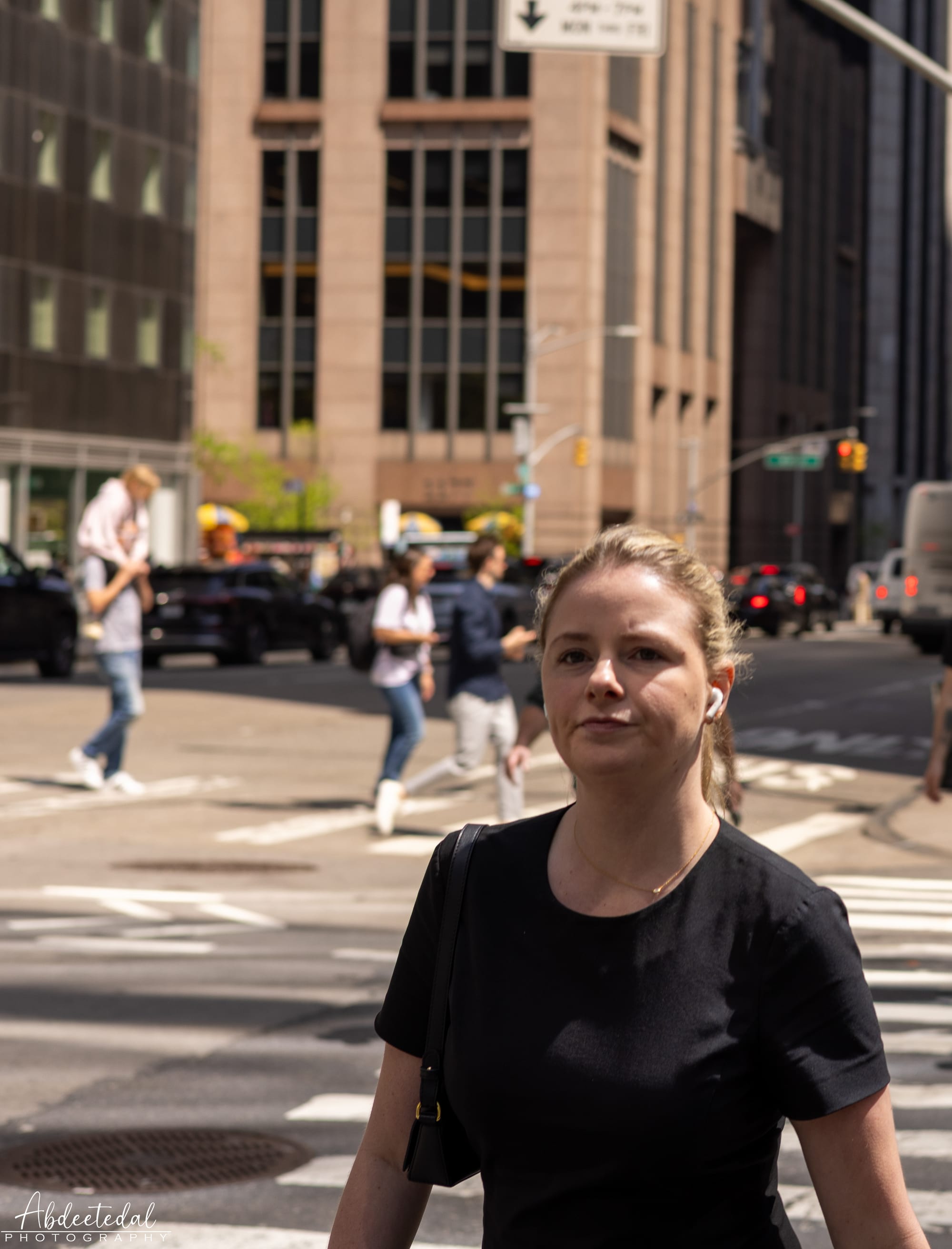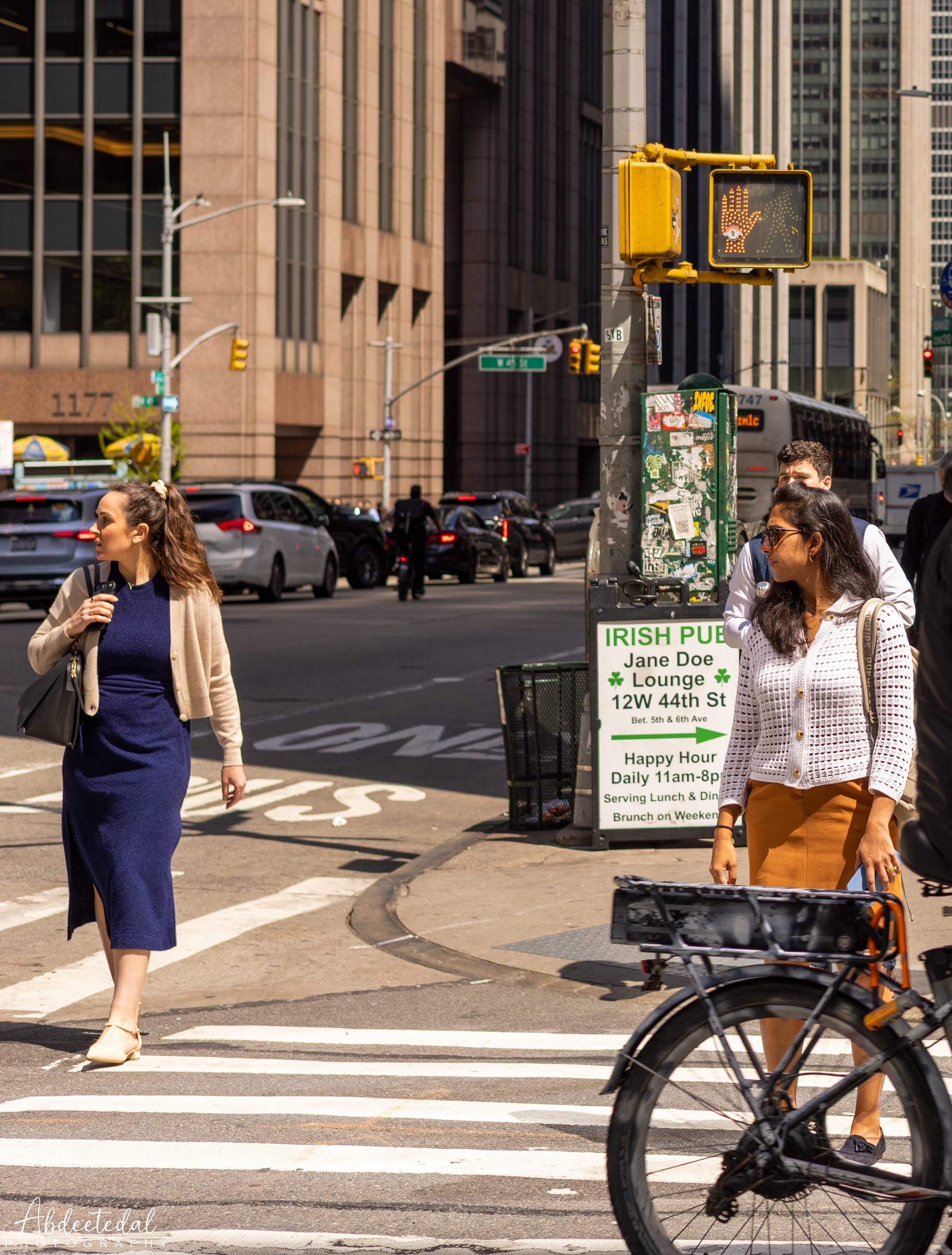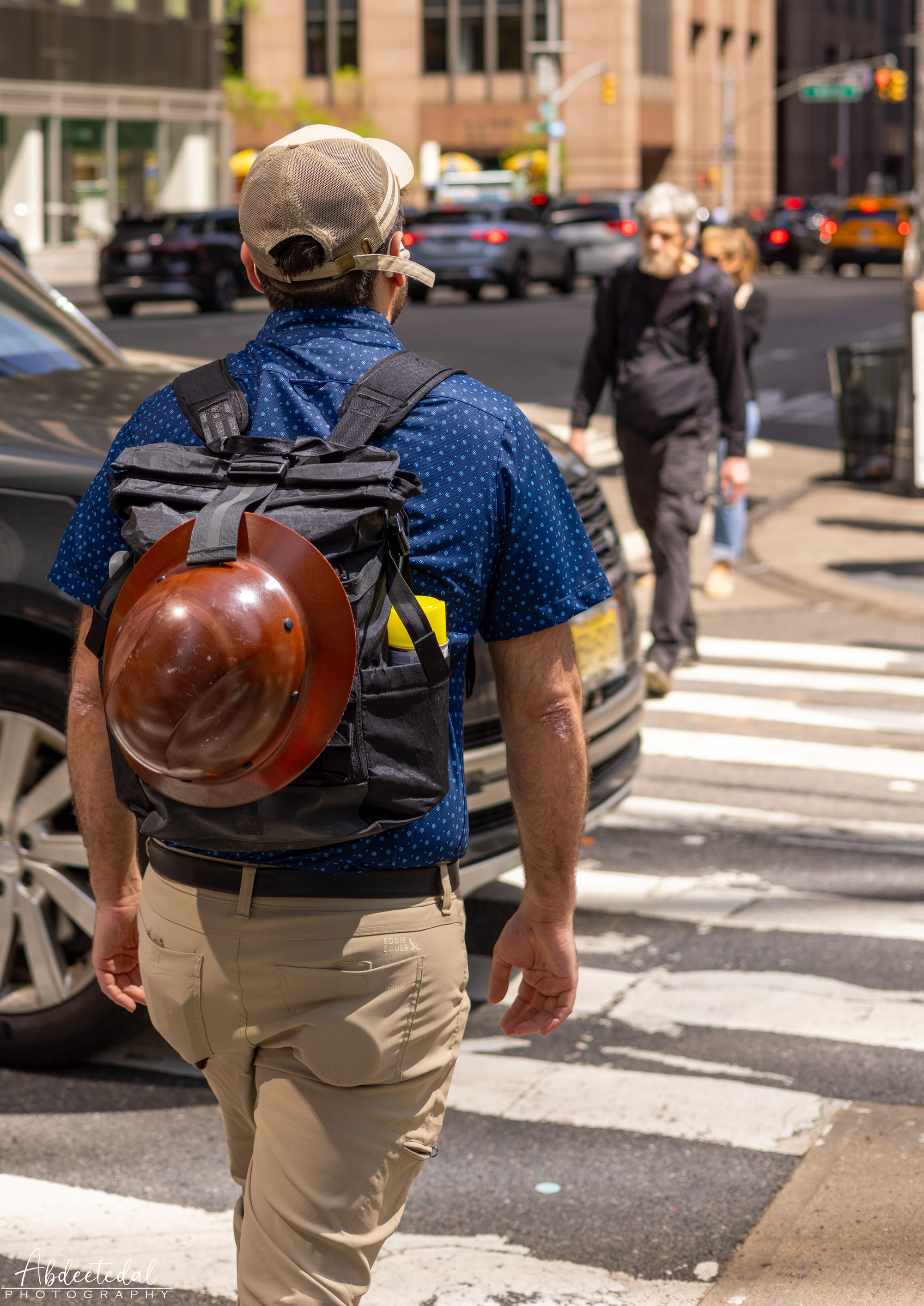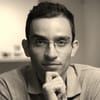The Power of the Unplanned
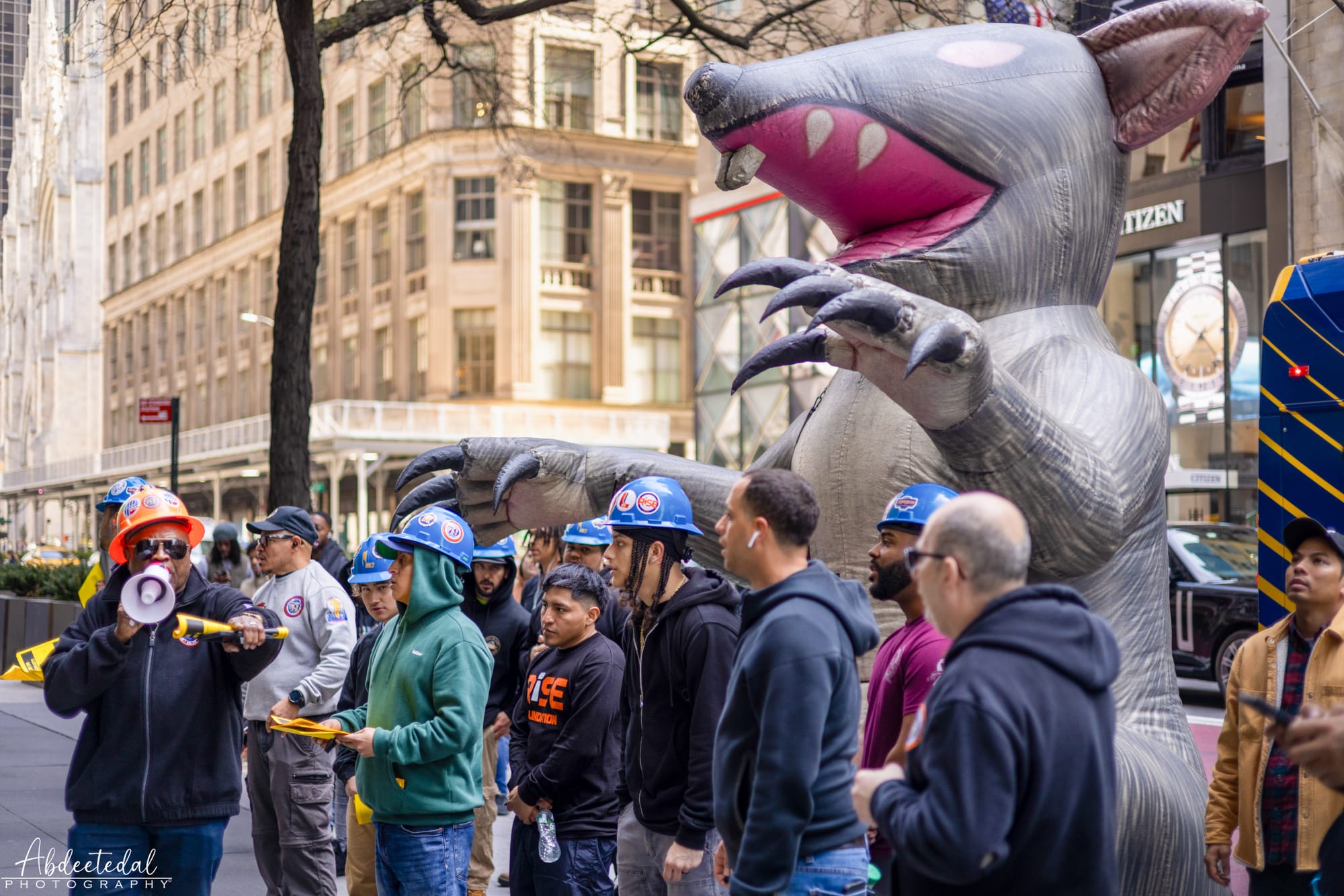
While listening to a guide at the National Gallery in London describe how Caravaggio staged his paintings using live models, props, and dramatic lighting, it struck me: painting during the Renaissance wasn’t just an act of solitary expression — it was closer to directing a movie. Artists set up elaborate scenes, carefully composed each figure, and manipulated light to heighten tension and emotion — not unlike how a filmmaker blocks actors and sets the mood with cinematography. These paintings weren’t spontaneous brushstrokes on canvas; they were meticulously crafted visual narratives.
And strangely enough, this realization made me appreciate photography — especially candid and street photography — in a whole new way. I always feel a quiet pressure to measure photography against painting, as if it has to borrow its legitimacy from older art forms. But street photographers don’t set the stage — they enter it, uninvited and unnoticed. They don’t arrange light — they find it, fleeting and imperfect. There’s no rehearsal, no retake — just a sharp eye and a split second. That kind of honesty is its own form of artistry. Photography doesn’t borrow its voice; it speaks in its own language.
